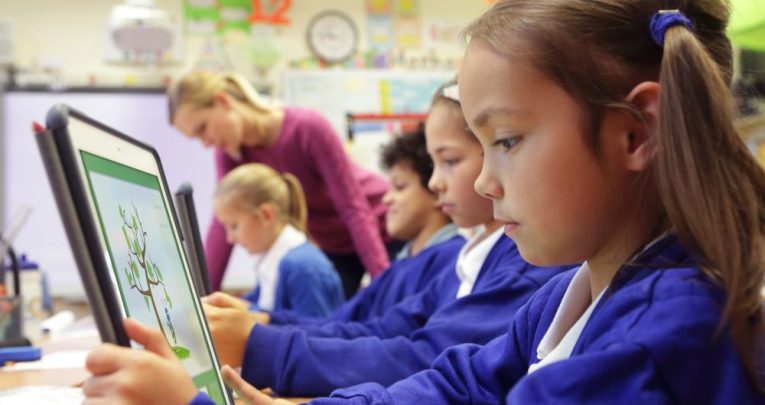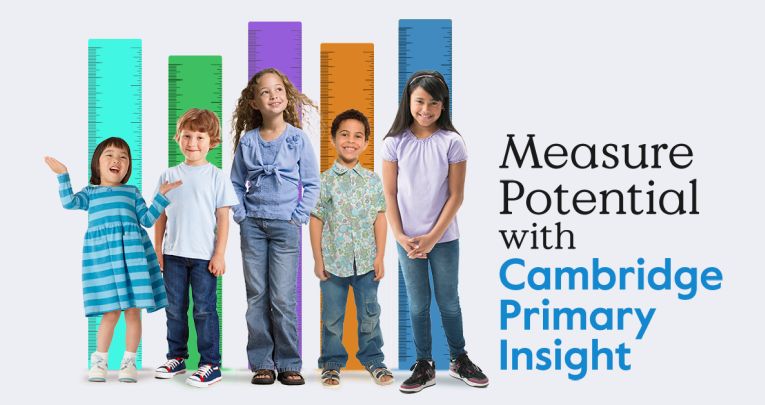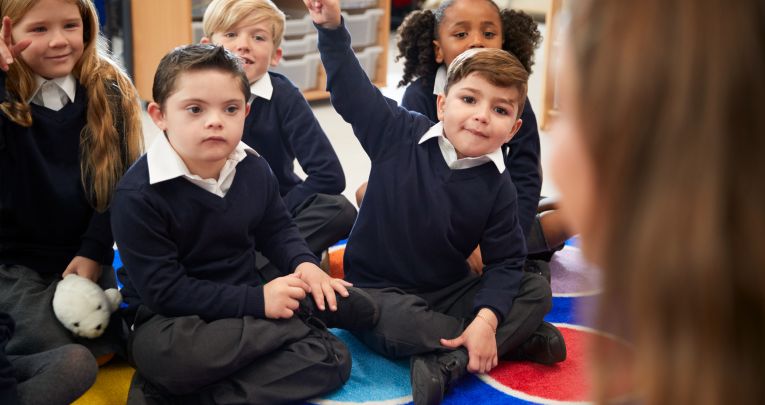Mark Frazer, Teaching and Learning Lead at CEM, explains findings from CEM’s latest research into what four-year-olds know and what they can do.
Can you tell us about your research?
Our research is based on data from CEM’s baseline assessment, BASE, which is taken by children in the first few weeks of Reception class.
BASE measures what children know and can do in key areas of learning at the start of their Reception year and then again at the end.
In our research, we looked specifically at data around numeracy and literacy from over 70,000 children from state-maintained schools in the UK.
What did you find out about a typical four-year-old?
Firstly, we can’t say that there is anything like a typical four-year-old.
Our research shows a whole spectrum of abilities for four-year-olds.
When children arrive at school, they come from a wide range of backgrounds with very different levels of knowledge, skills and understanding.
Some children may have had as many as five terms of formal education in nursery, while others arrive with only informal learning from activities they have engaged in at home with parents, siblings and friends.
This makes it really important for teachers to very quickly get to know their pupils so they can recognise where they need to support or challenge the children in their class, and to provide individual learning opportunities.
What did your research reveal?
At the start of the Reception year, just over half of the children assessed could name four individual letters of the alphabet.
Surprisingly, however, almost one-fifth of children could already read some three-letter words.
While around two-thirds of children could point to a circle, a star, and a triangle when asked, a small proportion could even recognise a hexagon.
Over half the children could recognise the digits one to nine, and just over half could count up to eight.
Just over 50% of pupils were able to subtract one from a number.
Far fewer (around 36%) could add one, and even fewer (less than 10%) could add a number other than one.
Being able to read whole words was a skill that only around 20% of children could do on entry to the Reception class.
The most common three-letter words recognised by the children is dog, with 19.8% of children recognising the word at the start of year and 93% by the end of the year.
We see similar gains in progress with children recognising words such as pin, cat, car and ball.
What implications does the research have for teachers?
Our findings indicate the value of recognising the wide range of experiences, knowledge and skills four-year-olds bring with them to their first year of formal teaching.
It also highlights the importance of quickly finding out the starting point of each child so that teaching can be targeted to meet individual needs.
This is particularly important when we know from other research that good teaching in the Reception year has long term benefits.
Children who have been taught well in Reception perform better in their GCSEs.
Should teachers use an assessment instead of observation?
No. An assessment like BASE should be used alongside teacher observation, not in place of it.
However, it could take many weeks and a whole series of activities and tasks for a teacher to pick out what the BASE assessment can tell them in a matter of 20 minutes.
The children really enjoy it as it’s a story-based assessment that feels like a fun activity – not a test.
It’s an interactive ‘getting to know you’ exercise that saves teachers time and resource as well as giving valuable one-to-one time with each child.
The assessment is the perfect complement to ongoing teacher observation and means teachers can spend more time planning and teaching appropriate activities.
To find out how BASE can help your four-year-olds, visit cem.org/base.

Mark Frazer is Teaching and Learning Lead at Cambridge CEM. He is a former teacher and headteacher who is responsible for researching and developing assessments as well as creating guidance materials for teachers, headteachers and parents.











